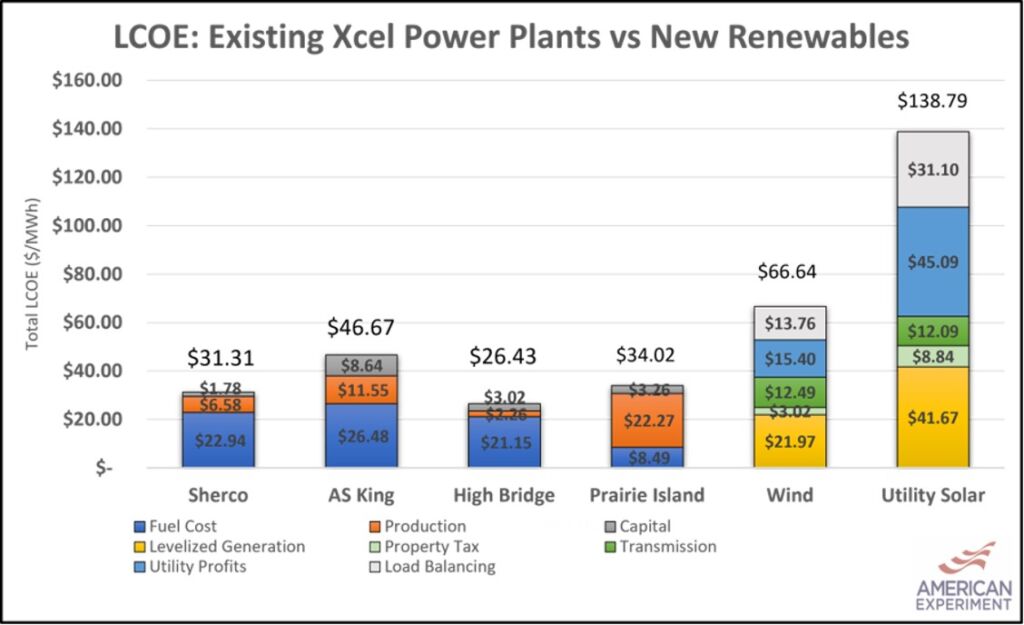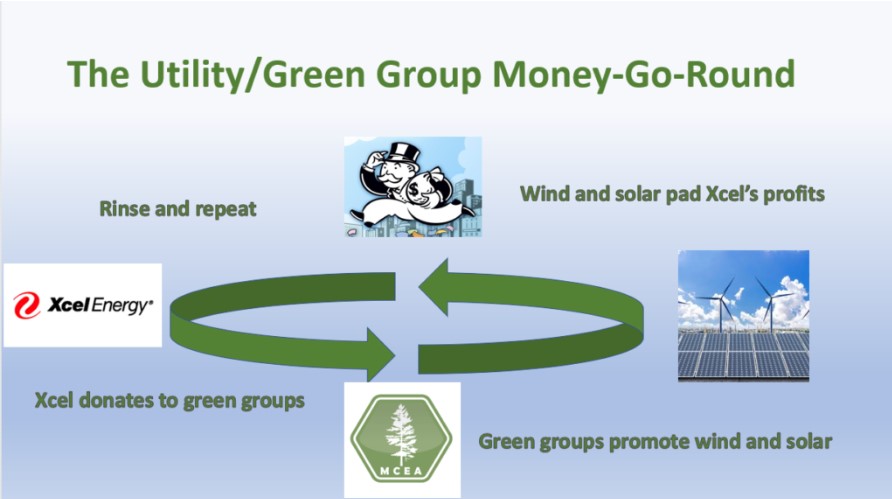U.S. Supreme Court delivers a major win for the reliability and affordability of the electric grid
Today the U.S. Supreme Court issued a landmark decision in West Virginia vs. EPA, ruling that the Clean Air Act did not specifically authorize the Environmental Protection Agency (EPA) to regulate greenhouse gas emissions from power plants. Now, any greenhouse gas regulations would need specific authorization from Congress.
At issue was the Clean Power Plan (CPP), an EPA regulation promulgated by the Obama administration which mandated that existing coal and natural gas power plants reduce their carbon dioxide emissions. There were many problems with this regulation, some of them were legal, and some of them were practical.
Legally Speaking
The main legal problem with the Clean Power Plan is that it relied upon a brand new and legally fraught interpretation of Section 111 of the Clean Air Act (CAA). This amounted to EPA inventing the authority to regulate greenhouse gasses under the CAA, but the Supreme Court ruled that these powers were never delegated to the agency.
At issue was the idea that states and electric companies could meet the emissions targets established by EPA by generation shifting, which effectively meant reducing the use of coal-fired power plants or closing them down entirely and replacing them with a combination of wind, solar, and natural gas generation. This “outside the fence” regulation for Section 111 was an unprecedented argument that eventually was struck down.
Practically Speaking
This decision is an enormous win for the reliability and affordability of the electric grid because it will give utility companies confidence that they can continue operating their existing coal and natural gas power plants, which are some of the most reliable and lowest-cost sources of electricity on the grid, without the looming threat of EPA regulations coming down the pike to close them down.
For example, in Minnesota, the coal-fired power generators at the Sherburne County Generating Station (Sherco) and the natural-gas-fired High Bridge Station were two of the lowest-cost sources of electricity on Xcel Energy’s system in 2019, according to Federal Energy Regulatory Commission (FERC) data.

Now, utility companies in Minnesota will not be able to use pending federal regulations as an excuse for prematurely closing down these reliable, affordable assets, which is why the electric utility industry actually supported the Obama regulations.
Baptists and Bootleggers, Utility Edition
The CPP marked a turning point for the way investor-owned utilities like Xcel Energy and wind and solar special interest groups interacted. Once, these stakeholders were often at odds, but the CPP turned them into brothers in arms.
The reason all boils down to cold hard cash.
Because electric companies in many states are government-approved monopolies and their customers are not free to choose another provider if the company in their service area charges too much or has too many power outages, it would be unfair to let them set the price of electricity to whatever the company wishes.
As a result, the price of electricity sold by utility companies is controlled by state utility regulators who use a formula to determine what the price of electricity should be each year.
The revenue formula used by regulators allows electric companies to charge their customers enough for their electricity to cover the reasonable costs of operating and maintaining the electrical system. The revenue formula also stipulates that electric companies will make their money back when they build new capital assets, whether they be power plants, transmission lines, or even new corporate offices, plus a 10 percent profit on undepreciated assets, as long as the regulator approves these new projects.
However, the 10 percent profit declines every year as the capital assets depreciate or lose value over time. This gives utilities like Xcel a powerful incentive to close down low-cost, reliable, but depreciated assets and build new wind turbines, solar panels, and natural gas plants.
This is a key reason why Xcel Energy’s corporate profits have soared as the state’s use of wind and solar has increased.

The wind and solar groups lobby for coal plant closures and wind and solar construction, and Xcel rakes in the dough. Then, Xcel kicks some of the cash back to the green groups, and the cycle continues.

Today’s Supreme Court decision won’t fix all of our energy policy, but it is a positive step because decisions of this magnitude should be made by elected representatives in Congress, not by unelected bureaucrats in Washington D.C.
This ruling was crucial to reining in the overreach of the administrative state.